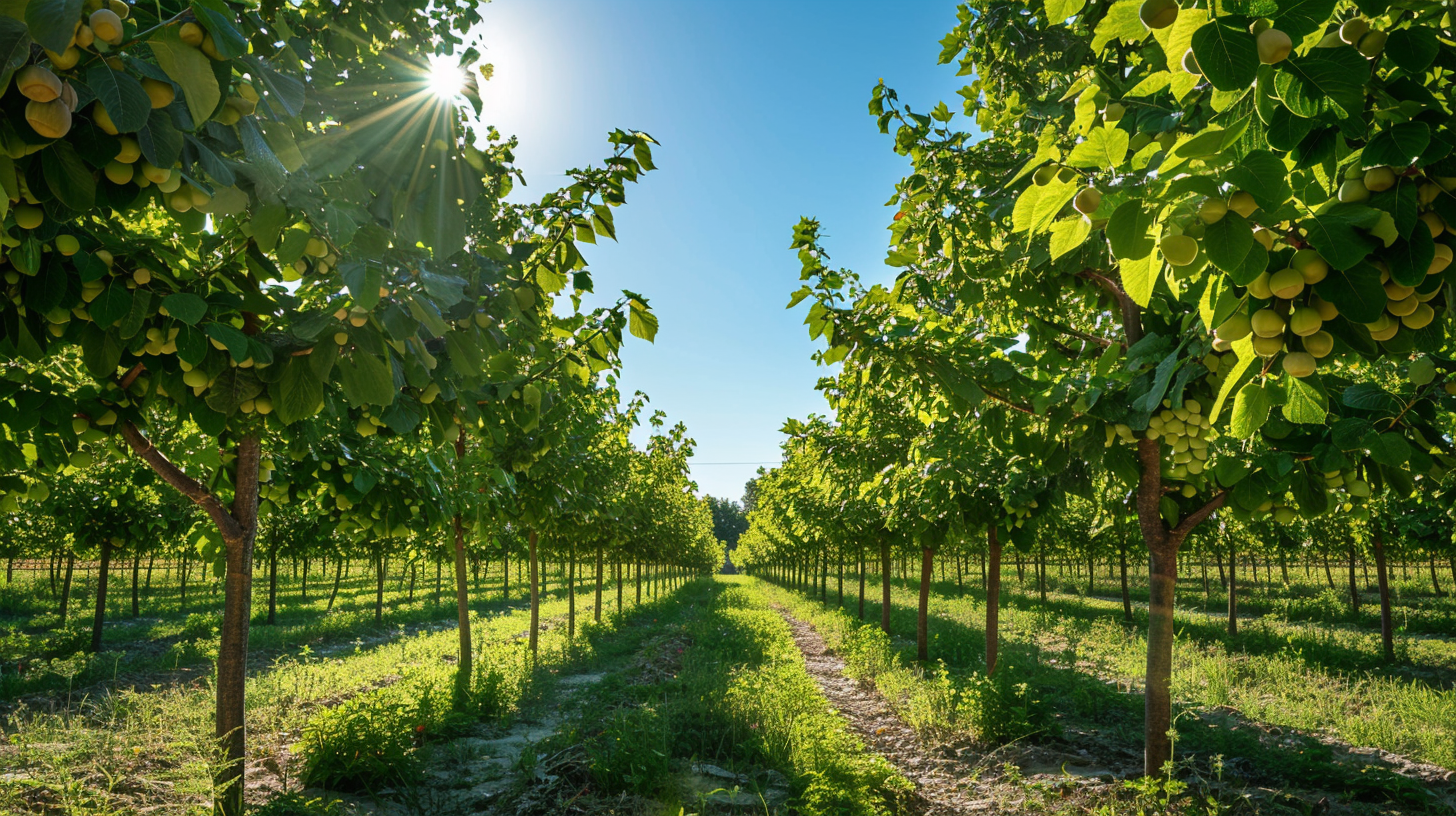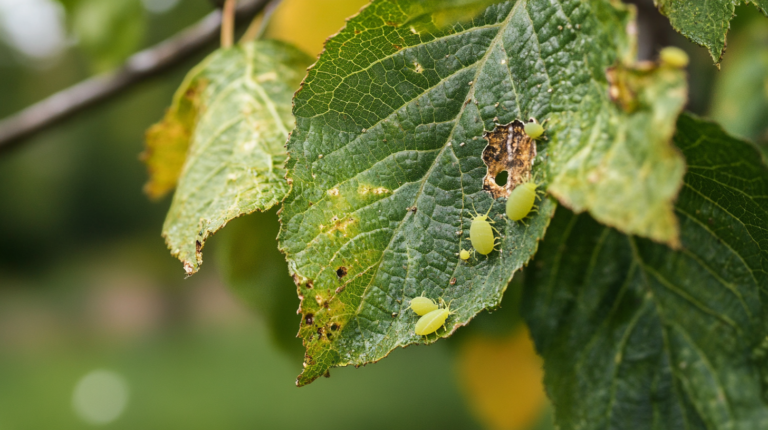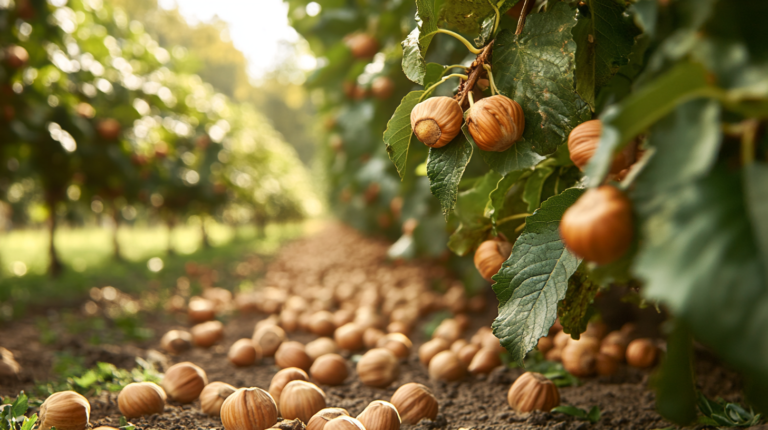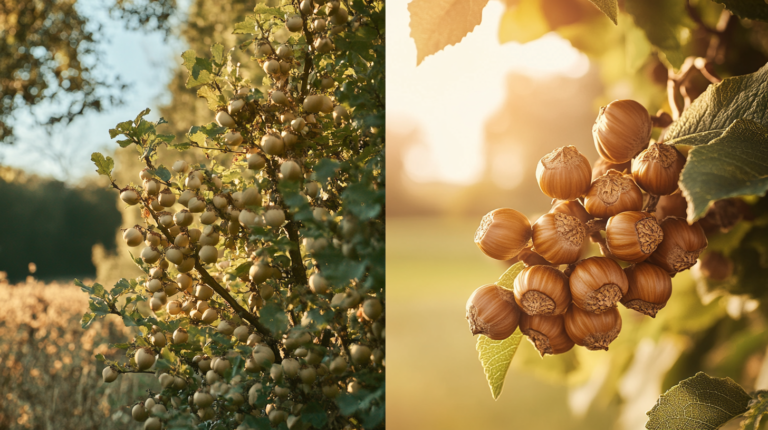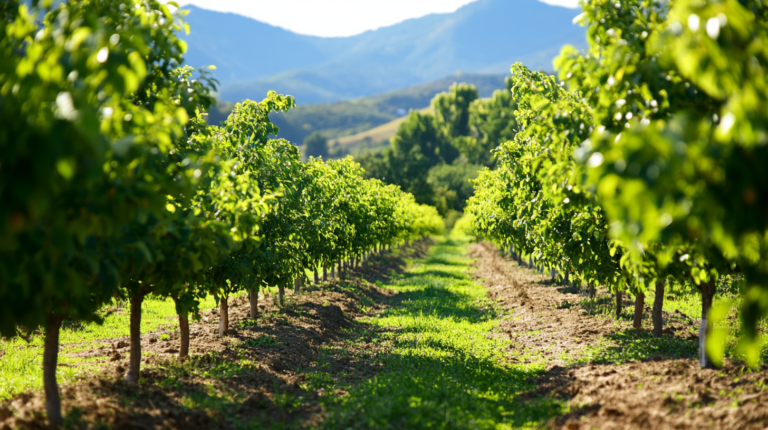Climate Requirements for Thriving Hazelnut Trees
Hazelnut trees, known scientifically as Corylus avellana, are widely appreciated for their delicious nuts and versatile applications in the culinary and confectionery industries. To cultivate hazelnut trees successfully, understanding their specific climate requirements is essential. This article delves into the critical aspects of temperature, humidity, soil conditions, and pollination that influence the growth and productivity of hazelnut trees.
Temperature
Temperature plays a crucial role in the growth and productivity of hazelnut trees. These trees thrive in temperate climates characterized by cool winters and mild summers. Ideally, hazelnut trees are suited for USDA hardiness zones 4 to 9, where they can withstand a range of temperature conditions.
Cool Winters and Mild Summers
Hazelnut trees flourish in regions with distinct seasons, particularly where winters are cool but not excessively harsh. The trees require winter chill to encourage proper fruiting. This chilling period involves exposure to temperatures between 0°C and 7°C (32°F to 45°F) for a certain number of hours. Depending on the cultivar, hazelnut trees typically need around 800 to 1600 chilling hours to ensure optimal bud development and subsequent nut production.
Cold Tolerance
Hazelnut trees exhibit a notable degree of cold tolerance, allowing them to survive in regions where temperatures drop significantly during winter. These trees can withstand temperatures as low as -14°C (7°F) without suffering severe damage. However, extreme cold can still pose a risk to young trees or those not yet fully established.
Heat Sensitivity
While hazelnut trees can endure a range of temperatures, excessively hot conditions can negatively impact their growth and nut production. High temperatures during the summer can lead to stress and reduced yields. Therefore, regions with mild summers, where temperatures do not consistently exceed 30°C (86°F), are ideal for hazelnut cultivation.
Humidity
Humidity is another vital factor influencing the health and productivity of hazelnut trees. These trees are adaptable to various humidity levels, making them suitable for a range of regions. However, maintaining adequate moisture, especially during specific growth stages, is crucial for their well-being.
Moisture Requirements
Hazelnut trees require consistent moisture to thrive. This need is particularly pronounced during dry spells and the nut-fill period, which typically spans from mid-December to March. Adequate moisture during this period is essential for the proper development of nuts. Hazelnut trees are not drought-tolerant, and prolonged dry conditions can lead to reduced yields and poor nut quality.
Adaptability to Humidity Levels
One of the advantages of hazelnut trees is their ability to tolerate different humidity levels. Whether in regions with high humidity or those with drier conditions, hazelnut trees can adapt as long as they receive sufficient water during critical growth phases. This adaptability makes them a versatile choice for various climates.
Soil
Soil quality significantly influences the growth and productivity of hazelnut trees. These trees prefer well-drained soils with specific pH levels and are less tolerant of extreme soil conditions.
Ideal Soil Conditions
Hazelnut trees thrive in well-drained soils with a pH range of 6.0 to 7.0. Such soils provide the optimal environment for root development and nutrient uptake. Proper drainage is essential to prevent waterlogging, which can lead to root rot and other issues.
Avoiding Poorly Drained Soils
It is crucial to avoid planting hazelnut trees in extremely heavy or poorly drained soils. Such conditions can lead to water accumulation around the roots, causing damage and stunting growth. Selecting a planting site with good drainage ensures that hazelnut trees receive the right balance of moisture and aeration.
Pollination
Pollination is a critical aspect of hazelnut tree cultivation, directly impacting nut production. Understanding the pollination requirements and strategies for hazelnut trees is essential for achieving high yields.
Monoecious Nature
Hazelnut trees are monoecious, meaning they possess both male and female flowers on the same tree. However, these trees are seldom self-fertile, necessitating cross-pollination between different cultivars for optimal nut production. This characteristic highlights the importance of planting multiple hazelnut cultivars within proximity to ensure effective pollination.
Cross-Pollination
For successful cross-pollination, it is recommended to plant at least two different hazelnut cultivars within 100 to 200 feet of each other. This proximity allows for the transfer of pollen from male flowers (catkins) to female flowers, enhancing the chances of successful fertilization and nut formation. Without adequate cross-pollination, hazelnut trees may produce fewer nuts or fail to bear fruit altogether.
Pollinator Attraction
In addition to planting multiple cultivars, creating an environment that attracts pollinators can further enhance pollination efficiency. Bees and wind play significant roles in the pollination process of hazelnut trees. By fostering a habitat that supports these pollinators, growers can improve the chances of successful fertilization and increased nut production.
Regional Considerations
Understanding the specific climate requirements for hazelnut trees also involves considering regional variations and adapting cultivation practices accordingly.
Mediterranean Climate
Regions with a Mediterranean climate, characterized by mild, wet winters and hot, dry summers, are particularly suitable for hazelnut cultivation. These conditions align well with the temperature and moisture needs of hazelnut trees, promoting healthy growth and high yields. Countries like Italy and Spain, which have Mediterranean climates, are major producers of hazelnuts.
Temperate Zones
Temperate zones, with their distinct seasonal changes, also provide favorable conditions for hazelnut trees. In these regions, the combination of cool winters and moderate summers supports the necessary chilling hours and prevents excessive heat stress during the growing season. Many parts of North America and Europe fall into this category, making them ideal for hazelnut farming.
Microclimates
Microclimates within larger regions can also influence hazelnut tree cultivation. Factors such as elevation, proximity to bodies of water, and local wind patterns can create variations in temperature and humidity. Understanding these microclimates and selecting suitable planting sites can further optimize the growth and productivity of hazelnut trees.
Challenges and Mitigation Strategies
While hazelnut trees are resilient and adaptable, certain challenges related to climate conditions can arise. Implementing mitigation strategies can help address these challenges and ensure successful cultivation.
Frost Protection
In regions prone to late spring frosts, young hazelnut trees may be vulnerable to frost damage. To mitigate this risk, growers can employ techniques such as frost blankets or wind machines to protect the trees during critical periods. Additionally, selecting frost-resistant cultivars can enhance the trees’ ability to withstand unexpected cold snaps.
Irrigation Management
In areas with irregular rainfall patterns, maintaining adequate moisture levels for hazelnut trees can be challenging. Implementing efficient irrigation systems, such as drip irrigation, can provide a consistent water supply to the trees, especially during dry spells and the nut-fill period. Monitoring soil moisture levels and adjusting irrigation schedules accordingly ensures that hazelnut trees receive the necessary water for optimal growth.
Soil Amendments
Improving soil quality through amendments can address issues related to poor drainage or low fertility. Adding organic matter, such as compost or well-rotted manure, can enhance soil structure and nutrient availability. Conducting soil tests to determine pH levels and nutrient deficiencies allows for targeted soil management practices that support the health and productivity of hazelnut trees.
Conclusion
Cultivating hazelnut trees successfully requires a thorough understanding of their climate requirements. From temperature and humidity to soil conditions and pollination, each factor plays a critical role in ensuring the healthy growth and bountiful nut production of hazelnut trees. By providing the right balance of these elements and implementing appropriate mitigation strategies, growers can optimize the conditions for thriving hazelnut orchards. Whether in temperate zones, Mediterranean climates, or regions with unique microclimates, hazelnut trees can be a rewarding addition to agricultural landscapes when their specific climate needs are met.
